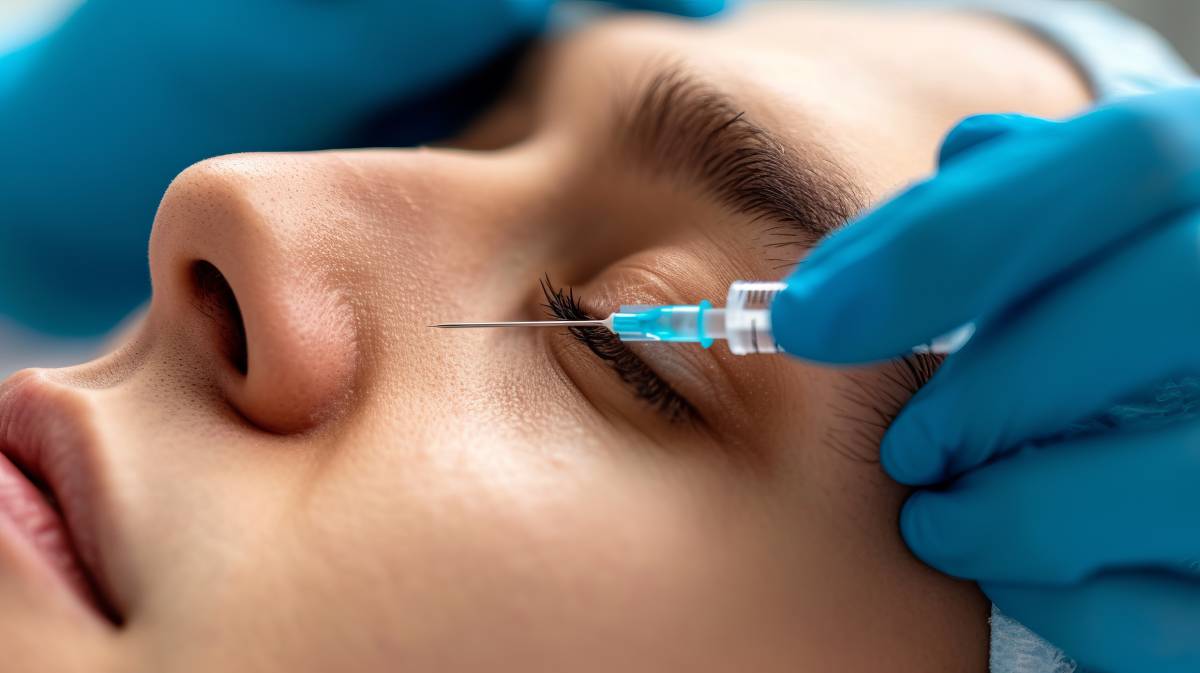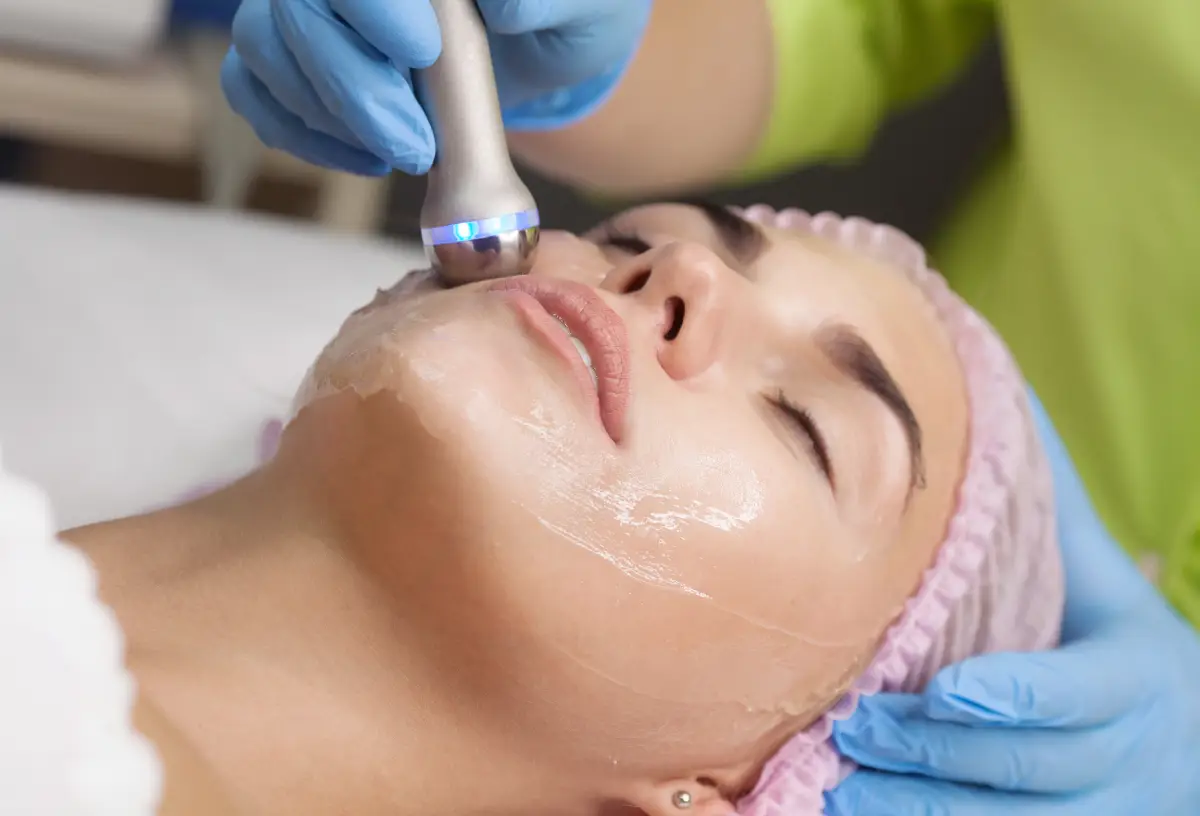Laser hair removal has gained immense popularity recently as a convenient and effective method of removing unwanted hair. However, as with any medical procedure, laser hair removal has potential risks and complications. While some of these complications may be mild and temporary, others can be more severe and long-lasting.
We will analyze some of the complications that can arise from laser hair removal, ranging from skin irritation and redness to scarring and changes in hair texture. We will also discuss factors that can increase the risk of complications and provide tips for avoiding them.
What Is Laser Hair Removal?
Before we explore the potential complications associated with laser hair removal, it’s essential to understand what the procedure entails. Laser hair removal is a prevalent cosmetic approach that uses focused beams of light to target and destroy hair follicles. The process works by directing intense pulses of laser energy at the hair follicles, which are absorbed by the pigment in the hair. This energy then heats up and damages the hair follicle, inhibiting future hair growth.
The procedure is often performed using a handheld device that emits the laser energy in short bursts, making it a quick and relatively painless process. While laser hair removal can be used on almost any part of the body, it is most commonly used to remove hair from the face, legs, underarms, and bikini area.
Discomfort Is Expected
While laser hair removal is generally considered safe and effective, discomfort is expected during the treatment. You may experience a slight burning, stinging, or pinching sensation as the laser energy is directed at the hair follicles. However, this discomfort is typically mild and temporary; most people can tolerate it without issue.
The level of discomfort can vary depending on several factors, including your skin’s sensitivity, the thickness and color of your hair, and the size of the treatment area. Some people may also experience more discomfort if they have underlying medical conditions or are taking certain medications.
To help minimize any discomfort during the procedure, your technician may apply a numbing cream to the treatment area or use a cooling device to soothe the skin. We want you to know that some degree of discomfort is to be expected, and it’s not necessarily a sign that something is wrong.
Common Complications Associated With Laser Hair Removal
While discomfort during laser hair removal is almost inevitable, the potential for complications is not as specific. However, it’s still important to be aware of the potential risks and complications associated with the procedure. This section will explore some common complications of laser hair removal.
- Skin irritation and redness: After the procedure, it’s common to experience some skin irritation and redness in the treated area. This is because laser energy can cause inflammation and skin irritation.
- Pain and discomfort: As mentioned earlier, some pain and discomfort during the procedure are normal. However, some individuals may experience more significant pain or discomfort, particularly if they have sensitive skin or are undergoing treatment on a more sensitive body area.
- Swelling: In some cases, laser hair removal can cause swelling in the treated area. This is because laser energy can cause inflammation and fluid buildup in the skin.
- Changes in skin color: Laser hair removal can sometimes cause changes in skin color, particularly in individuals with darker skin tones. This can range from mild discoloration to more significant changes in pigmentation.
While these complications are relatively common, they are usually mild and temporary. However, in some cases, they can be more severe and long-lasting.
Less Common Complications Associated With Laser Hair Removal
While these complications are less likely to occur than the common ones, they can be more severe and long-lasting. Let’s explore some of these less common complications.
- Blisters and burns: In some cases, laser hair removal can cause blisters or burns in the treated area. The laser energy can cause heat buildup in the skin, mainly if the technician uses an incorrect setting or technique.
- Scarring: In rare cases, laser hair removal can cause scarring in the treated area. This can occur if the laser energy impairs the deeper layers of the skin, leading to scar tissue formation.
- Infections: While the risk of infection is relatively low, it’s still possible to develop an infection after laser hair removal. This can occur if the treated area is improperly cleaned or the skin is compromised during the procedure.
- Changes in hair texture: While laser hair removal is intended to remove hair permanently, it can sometimes cause changes in the surface of the remaining hair. This can range from slight differences in texture to more significant changes in the thickness or coarseness of the hair.
While these complications are less common, they can still occur. It would help if you chose a qualified and experienced technician who uses the proper technique and equipment to minimize the risk of complications.
Factors That Increase The Risk Of Complications
While laser hair removal is generally safe, certain factors can increase the risk of complications during the procedure. Let’s examine some of these risk factors.
- Skin type and color: Individuals with darker skin tones are at a higher risk of experiencing skin discoloration and changes in pigmentation after laser hair removal. This is because the pigment in the skin can absorb the laser energy, causing damage to the surrounding tissue.
- Medications and medical conditions: Certain drugs and conditions can raise the risk of complications during laser hair removal. For example, individuals with a history of keloids or hypertrophic scars may be more prone to scarring after the procedure.
- Inexperienced or untrained technicians: Choosing an inexperienced or unqualified technician can increase the risk of complications during laser hair removal. Choose a technician who is qualified and experienced in the procedure to minimize the risk of complications.
Tips For Avoiding Complications
While laser hair removal is generally safe and effective, there are steps you can take to minimize the risk of complications during the procedure. Here are some tips to keep in mind.
- Choose a qualified and experienced technician: Choosing a skilled and trained technician in laser hair removal is essential. Look for a technician who has received proper training and has experience in the procedure.
- Follow pre-treatment and post-treatment instructions: Your technician will likely provide instructions to follow before and after the procedure. Follow these instructions carefully to minimize the risk of complications.
- Communicate with your technician: If you experience discomfort or unusual symptoms during the procedure, immediately communicate. They may be able to adjust the settings or technique to make the process more comfortable.
- Avoid sun exposure: Avoid sun exposure before and after the procedure. Sun exposure can increase the risk of complications, mainly skin discoloration and changes in pigmentation.
Takeaway
If you’re considering laser hair removal, choosing a qualified and experienced technician is essential to minimize the risk of complications. Savvy Chic Medspa technicians are highly trained and experienced in laser hair removal. We use the latest approaches and tools to provide safe and effective treatments for our clients.
Contact us today to schedule a consultation and learn more about our laser hair removal services. Let us help you achieve the smooth, hair-free skin you’ve always wanted with minimal risk of complications.





